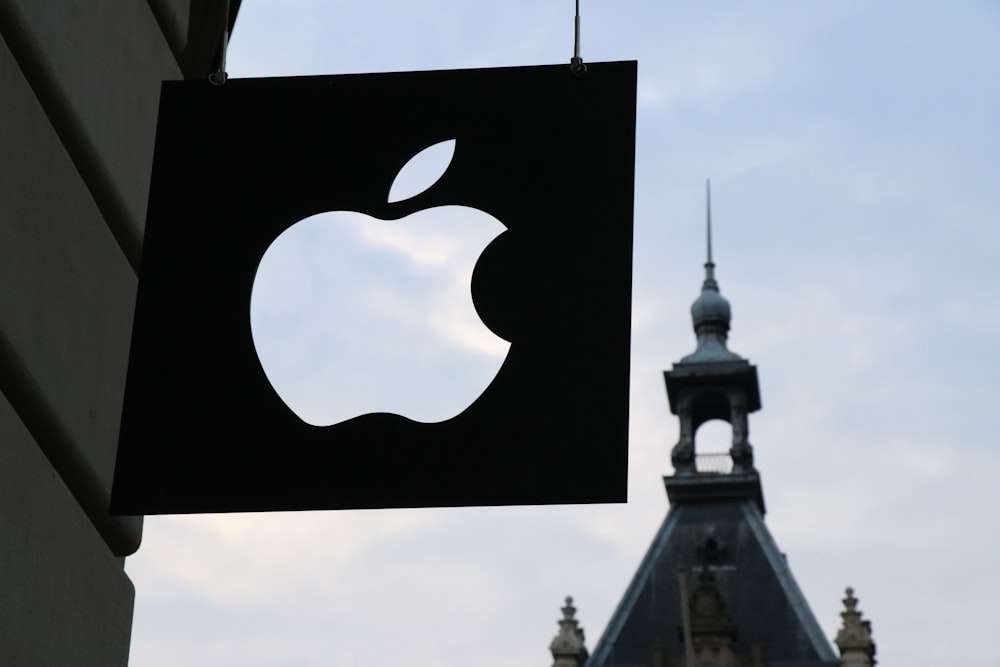Apple Has Some Apps To Manage Tariff Trouble
Image Source: Unsplash
Apple will lose big in a trade war. The $2.7 trillion technology giant designs iPhones in California, assembles most in China, and sells them around the world. President Donald Trump’s decision to slap cumulative tariffs, including those scheduled for April 9, of 54% on Chinese imports, would reduce profit perhaps 15%. Retaliatory levies on overseas sales would be worse. But Apple’s increasing focus on selling services at least offers some consolation.
During Trump’s first term in the White House, Apple Chief Executive Tim Cook wrangled a tariff exemption. Perhaps he can again, given he has tried to curry favor, by hyping the company’s plans to invest $500 billion in the U.S. over the next four years.
Such moves illustrate what is at risk. An iPhone 16 Pro costs $999, with materials and production eating around 60%. Slap a 54% tax on this, and that eliminates most of Apple’s gross margin on U.S. iPhone sales. Two pivots, though, have ameliorated the hit.
First, Apple has pushed into services, to squeeze more profit out of already sold phones. Things like its online store, Apple Pay and fees from the likes of Google accounted for a quarter of all revenue last year with a gross margin of 74%. This line of business is not beholden to duties. HP, which is more reliant on hardware sales, shows the ballast Apple’s services provide.
And in manufacturing, Apple tried to move production outside of China to increase supply chain redundancy. That has been only moderately successful, shifting perhaps 10% of production to places like India. Apple could redirect product in that country back to the United States, according to the Wall Street Journal. Tariffs on Indian goods are far less at about a quarter, but still not zero.
Apple can raise prices and probably sell fewer phones in the U.S. or accept lower margins to preserve its competitive position. Either way, it’s less profit – Cowen estimates a 14% hit.
But the bigger the trade war, the more Apple will suffer. This is reflected in the tech giant’s share price which has plummeted nearly one-fifth, representing $600 billion in market value, since Trump’s Liberation Day last week. About half of its top line comes from hardware sales overseas. Countries hit by tariffs may seek to retaliate against high-profile U.S. companies like Apple. China, for example, announced new tariffs on U.S. goods due to start on Thursday. And Trump threatened to impose further tariffs if China acts, possibly triggering further tit for tat measures. Apple’s services may be a haven from the trade war, but it’s only a small one.
Context News
Apple is planning to ship more iPhones from India to the United States to offset tax levies, according to the Wall Street Journal on April 7. President Donald Trump said the United States would impose a baseline tariff on all imports, and higher rates on many of the country’s biggest trading partners on April 2. US tariffs on Chinese imports will rise by 34 percentage points to 54% on April 10.
Breakingviews
Reuters Breakingviews is the world’s leading source of agenda-setting financial insight. As the Reuters brand for financial commentary, we dissect the big business and economic stories as they break around the world every day. A global team of about 30 correspondents in New York, London, Hong Kong and other major cities provides expert analysis in real time.
More By This Author:
Stock Buybacks Present Solid Trade-War Tradeoff
Russell 2000 Earnings Dashboard 25Q1 - Thursday, April 10
S&P 500 2025 Q1 Earnings Preview: A Clearing Event Or More Uncertainty?
Disclaimer: This article is for information purposes only and does not constitute any investment advice.
The views expressed are the views of the author, not necessarily those of Refinitiv ...
more



